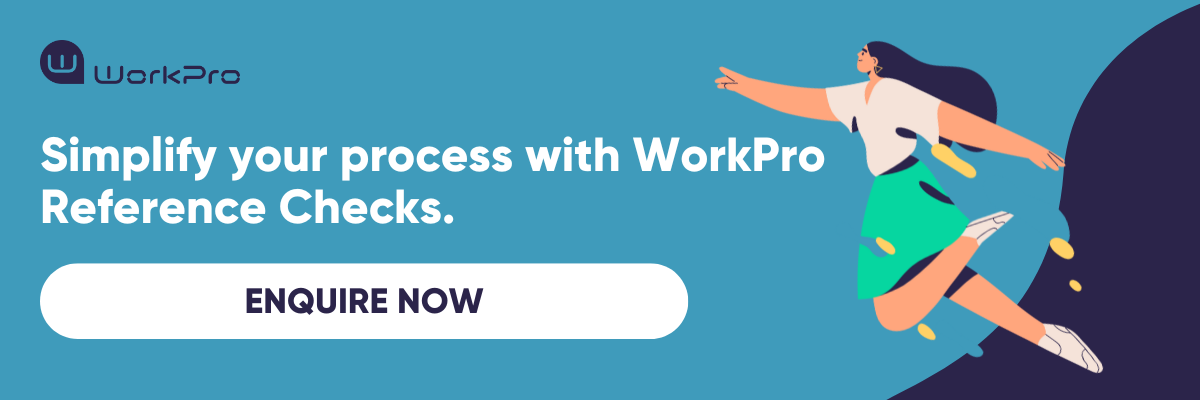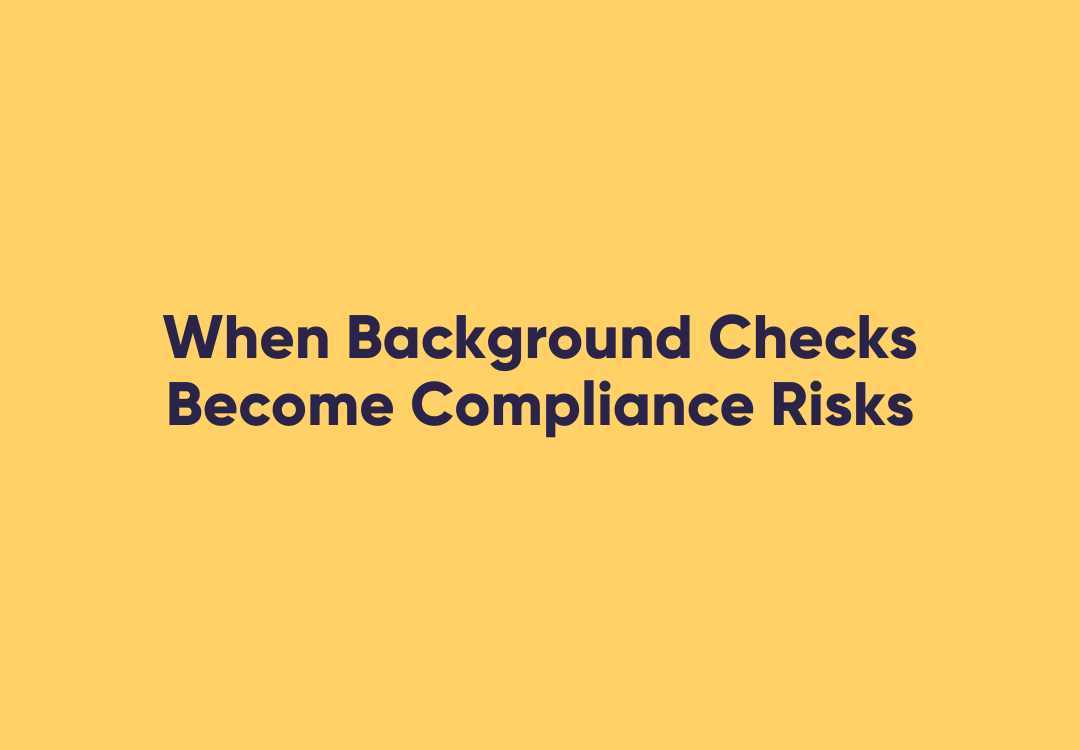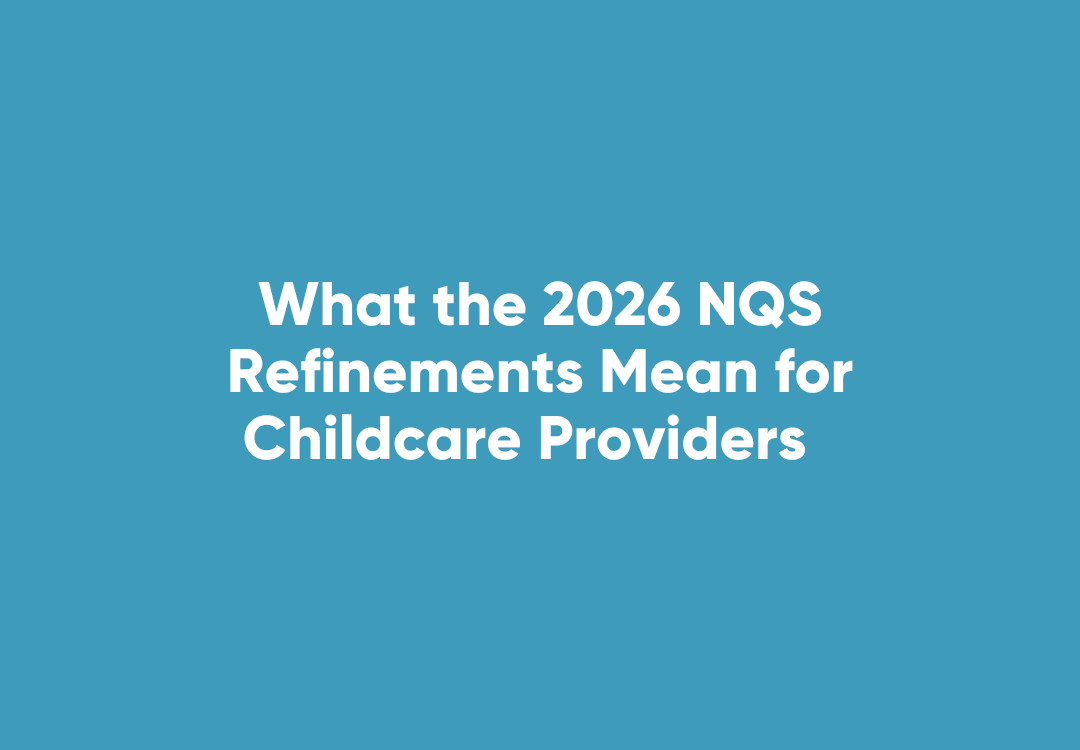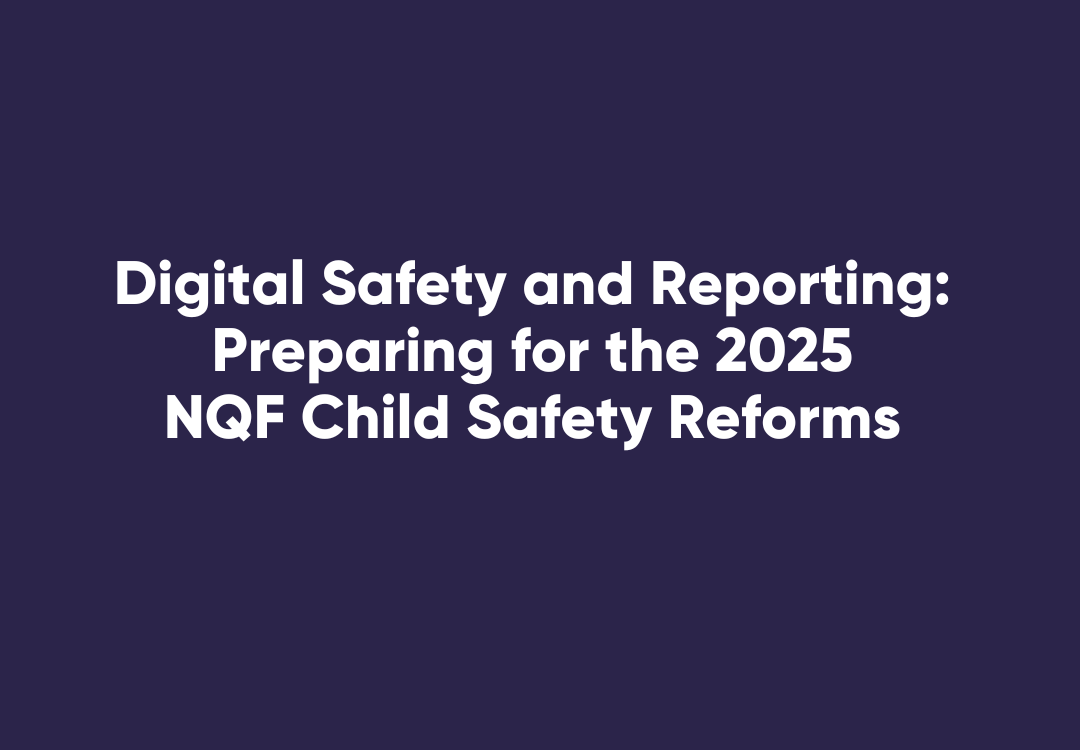How to Scale Reference Checks Without Scaling Your Costs
Reference checks are often overlooked when assessing hiring costs, yet they quietly consume more recruiter hours and resources than most teams realise. Recruiters commonly spend between 30 and 60 minutes coordinating referee calls, sending follow-ups, and consolidating feedback. Multiply that by hundreds or even thousands of candidates during peak hiring periods, and both the time and cost impact quickly escalate.
The challenge is clear: how can organisations maintain thorough, compliant reference checks without increasing workload or costs as teams expand?
Modern reference check platforms are shifting the balance by introducing scalability and flexibility. Instead of being tied to flat-fee structures or disconnected tools, HR professionals now have access to systems that align with real-world hiring patterns. This blog explores what scalable reference checks mean, why they matter, and how integrated platforms like WorkPro give organisations the confidence to grow without compromising efficiency or budgets.
How to Make Reference Checks Faster and More Accurate?
Reference checks can be made faster and more accurate by using structured templates, digital platforms that automate referee follow-ups, and integration with compliance workflows. These tools reduce delays, minimise manual errors, and ensure that feedback is consistent across every candidate.
The Cost and Complexity Challenge
Workforce needs shift quickly, leaving recruitment teams managing peaks and lulls. Some months bring a steady stream of candidates, while others involve sudden surges in graduate programs, seasonal hiring, or urgent project recruitment. Flat-fee or standalone systems make little sense in this environment. They force teams to either overpay during quiet periods or risk under-resourcing when demand spikes.
Now imagine a system that moves in sync with your hiring cycle. When recruitment slows, costs adjust accordingly. When activity increases, your tools scale automatically without adding admin or compliance complexity. This is what scalable reference checks deliver, efficiency and financial control without compromising quality.
According to The Hackett Group (2023), world-class HR organisations operate at around 25 percent lower cost than their peers by consolidating systems and optimising processes. For recruitment teams balancing limited budgets and growing demands, that level of efficiency can make a measurable difference.
Exploration: Inefficiencies, Costs, and Best Practices
The Traditional Problem
Reference checks have historically relied on two approaches: manual calls or standalone digital tools. Manual calls are time-consuming, inconsistent, and difficult to document in compliance records. Standalone platforms, while faster, often sit outside onboarding systems. This forces HR teams to juggle multiple dashboards, duplicate data, and chase candidates or referees across disconnected processes.
On top of that, flat-fee pricing models penalise growth. A recruiter may pay a high annual fee regardless of actual usage, leading to wasted spend in slower months. Conversely, during heavy hiring, these models often fail to keep up without incurring add-on costs.
Real-World Applications in HR
For small-to-mid businesses experiencing growth, scalability ensures they can remain competitive with larger organisations. Seasonal industries such as retail, logistics, or hospitality benefit most, since hiring volumes can drastically increase in peak months. Enterprises also gain by consolidating fragmented processes into one platform, removing the inefficiencies of multiple systems and vendors.
Best Practices for HR Leaders
- Integrate Reference Checks into Compliance Workflows
Embedding reference checks alongside VEVO, police checks, eLearning, and onboarding tasks ensures one process, one system, and complete compliance records.
- Adopt Flexible Pricing Structures
Volume-based pricing lets you pay only for the checks you need, scaling costs up or down as hiring fluctuates.
- Standardise with Templates
Using role-specific templates eliminates inconsistency, speeds up turnarounds, and ensures every referee is asked relevant, job-focused questions.
- Prioritise Candidate and Referee Experience
Smooth workflows from nomination of referees to mobile-friendly response options improve participation rates and accelerate hiring timelines.
WorkPro Solutions: Scaling with Flexibility
WorkPro’s reference check solution was built with scaling teams in mind. Unlike rigid standalone systems, WorkPro integrates reference checks directly into the same platform used for compliance, background screening, and onboarding. That means no extra logins, no new vendor contracts, and no duplicated data.
The commercial model is equally practical. WorkPro’s volume-based pricing ensures businesses only pay for what they use, with the ability to flex up or down depending on demand. A mid-market recruitment firm, for example, recently reduced its annual spend by switching from a flat-fee competitor to WorkPro-native checks, gaining not only cost savings but also a streamlined process embedded in their existing compliance dashboard.
Customisable templates and candidate-driven referee nominations further reduce HR admin, while real-time progress tracking keeps hiring decisions on schedule. Together, these features make reference checks more than a compliance checkbox, they become a scalable, strategic tool that grows with your business.
Scaling doesn’t have to mean spiralling costs. By choosing solutions designed to flex with your hiring volume, HR leaders can achieve efficiency, compliance, and financial predictability all in one step.















